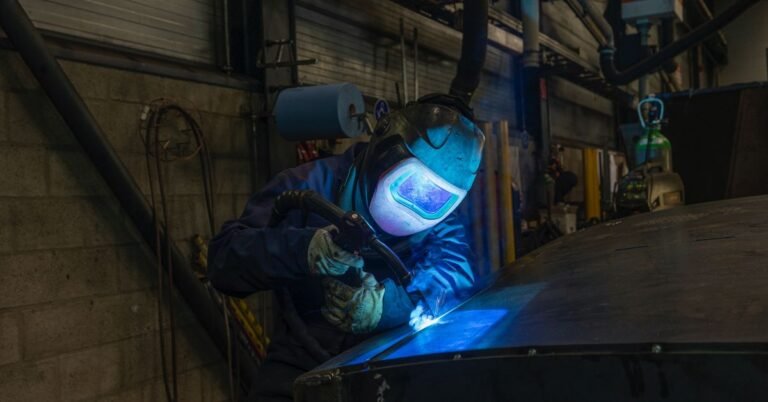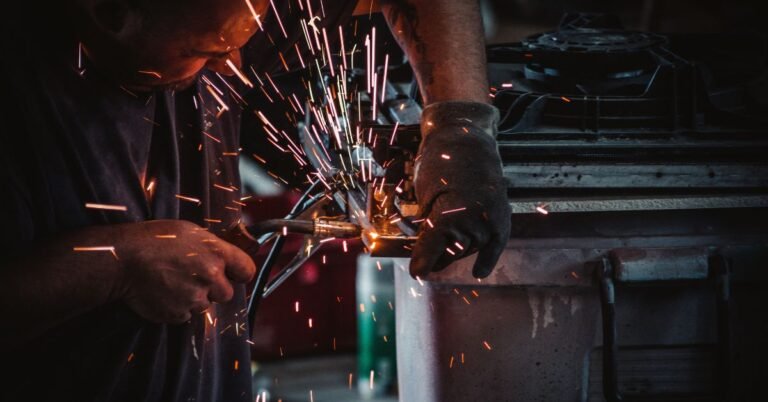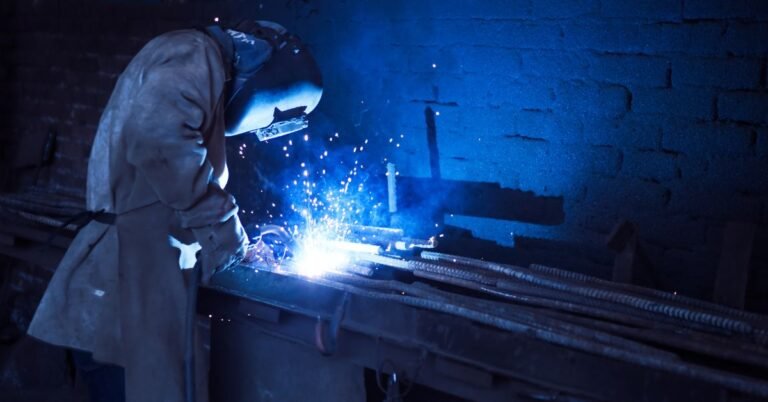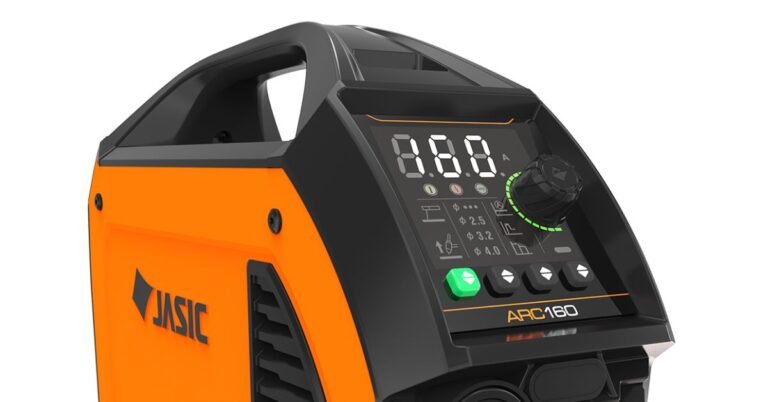What Welding Is Used For Cars
In the dynamic world of automobiles, safety, performance, and aesthetics are paramount. One crucial aspect that contributes significantly to achieving these qualities is welding. Welding is a versatile fabrication process used in the automotive industry to join metal components together, resulting in robust structures and seamless designs. In this blog post, we will explore the diverse applications of welding in the automotive sector, highlighting its role in crafting modern vehicles that meet stringent safety standards and deliver an unparalleled driving experience.
- Body Assembly and Structural Integrity:
Welding plays a fundamental role in assembling the body of a car. Through techniques such as spot welding, MIG (Metal Inert Gas) welding, and laser welding, automobile manufacturers fuse various metal panels to create a unified and durable body structure. This precise bonding ensures structural integrity, reducing the risk of deformation and enhancing the car’s crash resistance, critical for safeguarding passengers during accidents.
- Chassis and Frame Construction:
The chassis and frame serve as the foundation of any vehicle, bearing the weight of the entire structure and providing stability. Welding is the preferred method for joining the metal components of the chassis, such as the frame rails and cross members. The fusion of these parts enhances the overall stiffness and rigidity of the chassis, which translates to improved handling, reduced vibrations, and a smoother ride.
- Exhaust Systems and Mufflers:
Welding is also used in the fabrication of exhaust systems and mufflers. These components are subjected to high temperatures and continuous exposure to harsh road conditions, making welding an ideal technique to achieve airtight joints and long-lasting performance. TIG (Tungsten Inert Gas) welding, known for its precision and cleanliness, is often utilized in exhaust system assembly, ensuring minimal gas leakage and optimal engine performance.
- Suspension Components:
The suspension system significantly influences a car’s ride quality and handling. Welding is employed to join suspension components like control arms, strut towers, and coil spring mounts, which must endure substantial forces during vehicle operation. By using welding techniques like arc welding or MIG welding, manufacturers ensure the reliability and longevity of these critical suspension parts.
- Customization and Aesthetics:
Beyond structural applications, welding enables automotive enthusiasts to customize their vehicles. Whether it’s installing aftermarket body kits, roll cages, or unique modifications, welding allows creative freedom to enhance the car’s appearance and performance. Skilled welders can create seamless joints, resulting in a sleek and professional finish.
Conclusion:
Welding in the automotive industry is more than just a fabrication process; it is an art form that underpins the safety, performance, and aesthetics of modern vehicles. From body assembly and chassis construction to exhaust systems and suspension components, welding plays a pivotal role in crafting cars that meet the highest standards of quality and precision. As technology and materials continue to advance, welding techniques will evolve alongside, driving innovation and ensuring that cars of the future are even more efficient, sustainable, and safe on the road. So, the next time you step into your car and embark on a journey, remember that the art of welding has played a significant role in creating the marvel of engineering and design that accompanies you on your adventures.







